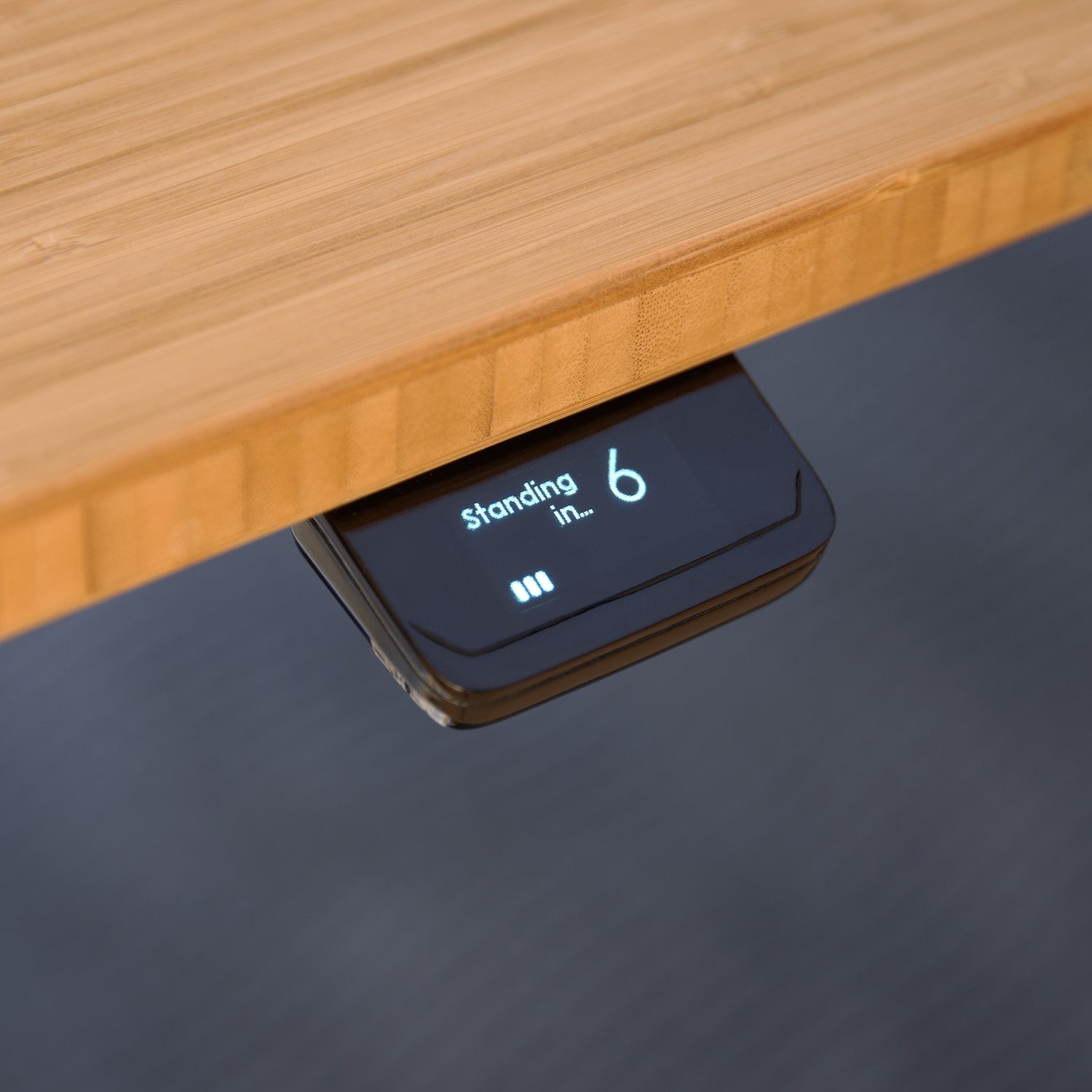Hyperice Hypervolt Go 2 + Heated Head
I had and loved the original Hypervolt massage gun. But one day I used a bit too much dad strength to push in a new attachment and broke it (which isn’t to say it’s poorly made, more so that I’m a brute). So when the trusty ol’ Cyber Monday sales started, I searched for a reasonably priced replacement so I could go back to regular percussion therapy. Enter the Hypervolt Go 2. More portable, smaller, and quieter than my previous model, this little gizmo will easily fit in my carry-on bag when I fly and is TSA approved.
I was about to check out when I remembered a friend recommending a new Hypervolt accessory. So I clicked out of my cart and hastened to the product page for the heated head. Everyone in my house is a big bath person – good enough for Winston Churchill, Roman emperors (see the town of Bath in England), and JFK, good enough for us. So the potential of combining muscle soothing heat with knot-removing massage was too much to resist.
Usually when I fire up new tools, I’m disappointed because I’ve built up their potential benefits too much in my mind. But in the case of this crafty Hypervolt combo, I was pleasantly surprised to see that it’s even more effective than I could’ve imagined. Last night my eldest son was complaining of a sore low back, which is what comes from filming two short movies simultaneously and then doing kettlebell swings with your crazy father. I fired up the heated headand within three minutes, his back had loosened up. “Wow, that felt good!” he declared. Having used it following three hours of old man pickup basketball last night, I couldn’t agree more.
Roll Recovery R8 Plus Roller
A few years ago, I spotted a silly-looking contraption that looked like a woodshop clamp if it was designed by first graders. I believe the intention was to insert one of your arms that was freshly sore from lifting, throwing, or whatever physical hardship you’d just subjected yourself to and let the two sides of the clamp squash it. Presumably the outcome would be pain relief and restoration of full mobility. But not wanting to add a Fraggle Rock-style piece of kit to my menagerie of mobility tools, I forgot all about it.
Then, a few months ago, I stumbled on a Boulder-based company founded by real runners, not the kind of influencers whose only credentials are looking good in spandex. Among the tools they’d researched, developed, and tested among a group of hardcore Colorado endurance athletes was something similar to that Elmo torture device described a moment ago. But this one had what looked like skateboard wheels on it and came in a much more sensible shade better suited to a 40-something dad still pretending to be a legit athlete.
So I got my hands on the R8 Plus and put it to work, not in my woodshop but in the living room. The results have been rather profound. I first utilized it on a recurring trouble spot: that pesky IT band that plagues many weekend warriors and pros alike. Not only did the R8 Plus effectively steamroller this seam, but it also revealed and then relieved tightness I didn’t even know I had in my adductors. Since then, I’ve deployed this tool equally effectively on my forearms and to combat tightness in my hamstrings and quads. It excels in all these painful areas and with the adjustable tension dial, I was able to back off the pressure enough for others who are less masochistic to benefit.
Aletha The Mark
While reading Bridging the Gap, an ace book by Sue Falsone (the first female head athletic trainer in Major League Baseball), I recognized that I was approaching hip flexor restrictions all wrong. Sure, the couch stretch that I learned from founder of The Ready State Dr. Kelly Starrett helped open up the top of my anterior hip and did double duty with my tight quads to relieve knee pain (particularly after three hours of old person rec league basketball on a Monday evening). Yet Falsone shared that the psoas and iliacus – neither of which I’d paid any attention to since college physiology classes – could also contribute to pain in this area.
She suggested that in addition to gut smashing (another Starrett go to, which Tune Up Fitness founder Jill Miller calls abdominal massage), I apply consistent and hard pressure just inside the crest of my pelvis. Yes, this is just as unpleasant as it sounds, but later leads to improved range of motion and reduced pain by popping some kind of obscure release catch. The trouble is that no roller or ball I came across could get deep enough to apply sufficient pressure. So I was left jamming my thumb into the region, which drew suspicious looks from my family members.
After much internet research, I stumbled across a fiendish tool specifically designed to get into the aforementioned areas. The Mark from Aletha isn’t that portable compared to my smaller mobility tools, but boy does it work well. To use it, I simply lie down on my front like I’m about to start a set of push-ups, and then jam the hook bit inside the front of my pelvis, in what a PT would call the iliac crest. This makes The Mark sink into the tissue and press on the psoas or, if I move it around a little, the iliacus. I then crank the handle end and breathe nasally for a minute or two. Once The Mark has done its thing, I feel looser in the lower abs and the high hip flexors. Problem solved!






















